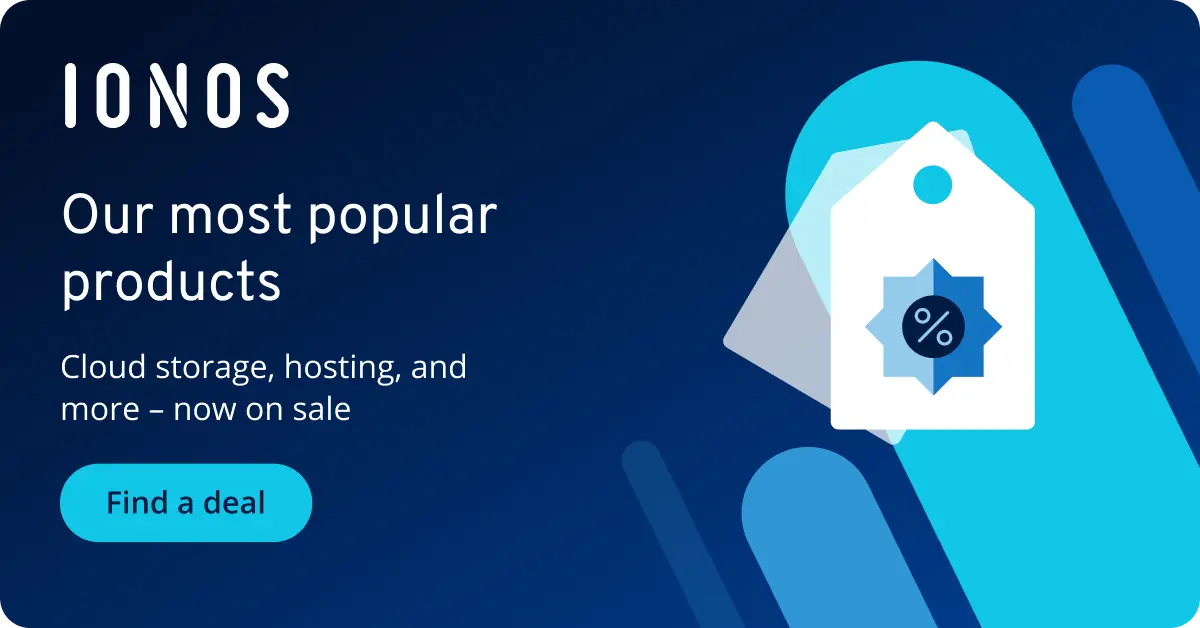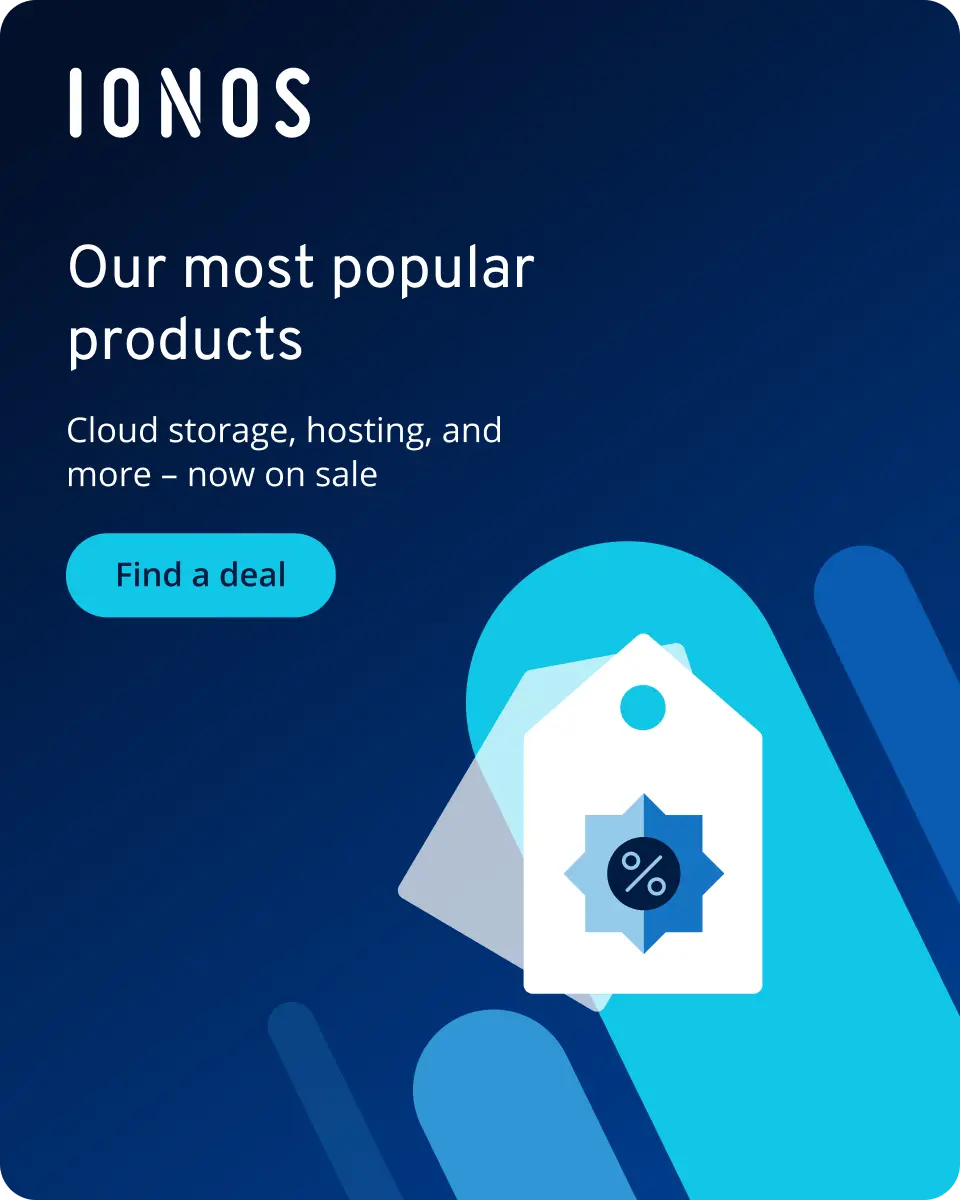What are the eCommerce trends in 2025?
eCommerce is in a constant state of change, with technological advances continually changing the way we shop online. There are also some exciting eCommerce trends on the horizon for 2025 that have the potential to continue to improve online shopping and change the way we make purchases. Online businesses and eCommerce managers need to keep up not only with these, but also with the current online marketing trends to remain relevant and competitive.
Personalization using AI
Artificial intelligence is also playing an increasingly important role in eCommerce. With the help of AI and machine learning, online stores can better understand their customers’ behavior and preferences in order to offer them an automated and personalized shopping experience. In order to do this, AI continuously collects data on how and when a customer shops and what they look for in a product. This enables them to create individual product recommendations based on this information. Artificial intelligence is one of the main eCommerce trends in 2025. A third of B2B companies in the U.S. have already fully integrated AI into their business operations. AI websites can even be used for fraud detection or creating online stores and therefore take some of the work off your hands.
Augmented and virtual reality
Augmented reality (AR) and virtual reality (VR) also play an increasingly important role in eCommerce. These technologies are being used more often to offer customers a more immersive shopping experience by allowing them to try on and test products virtually. This more interactive and intensive way to shop online supports people during the purchasing process by giving them a better feel for the product in question through AR and VR technology. The big advantage is that the conversion rate increases.
Headless commerce
Headless commerce is an eCommerce solution that decouples the front-end and back-end of a store. With the help of APIs, headless commerce can deliver content to any front-end framework. This means that shopping on the internet is no longer restricted to desktops, laptops and mobile devices. Customers can now also shop via IoT (Internet of Things) devices such as smart speakers. Headless commerce opens up new sales opportunities, which is why it is included in the list of the biggest eCommerce trends in 2025.
Voice-activated shopping
The increase of virtual voice assistants such as Google Assistant or Amazon Alexa is also influencing eCommerce. The more people that use these assistants, the more the integrated voice search will be used to shop online. Another benefit is that customers can ask questions directly in the store. This development opens up new opportunities for brands and eCommerce companies in terms of keywords and content. This is why eCommerce platforms will continue to focus heavily on developing voice-controlled user interfaces in 2025, further optimizing online shopping through voice commands.
Chatbots and conversational marketing
Conversational marketing is a marketing strategy in which brands have “face-to-face” conversations with their customers to increase customer loyalty and support the sales process. One of the most popular forms of conversational marketing in eCommerce are chatbots and increasingly AI chatbots, which provide instant answers to questions about a product. This direct access to information enables customers to make a purchase decision more quickly, which optimizes the conversion rate.
Mobile shopping
Among the eCommerce trends for 2025, mobile shopping or mobile commerce continues to be a key focus. In this context, progressive web apps are playing an increasingly important role because they offer an optimized user experience on mobile devices and enable customers to shop directly in the browser, for example, without having to download an app. Mobile shopping overlaps with other eCommerce trends such as livestream shopping, augmented reality shopping, and in-app purchases, meaning its usage will continue to grow in 2025.
Social commerce
Social commerce will continue to play a pivotal role in eCommerce in 2025. Brands and businesses are finding strong allies in social media to sell their products and strengthen customer loyalty. Platforms like Instagram Shopping, Facebook Shops, Pinterest’s shopping ads, and the upcoming TikTok Shop enable businesses to launch targeted campaigns to reach even more potential customers. The advantage: selling through social media is cost-effective, making it an excellent solution for new or smaller shops to boost both revenue and visibility.
- Sell on social media in minutes
- Manage it all from one platform
- Works with any product or service
Hybrid commerce
Hybrid commerce, also called omnichannel commerce or multichannel commerce, refers to a sales strategy in eCommerce in which brands and companies combine different sales channels to offer a unified shopping experience. Customers can therefore buy products both online and offline, as the various sales channels are seamlessly linked. The term phygital shopping, which describes the combination of physical and digital shopping, is particularly trending.
Customers can, for example, search for a product online, try it on in the store and then order it online or vice versa. Retailers who are already successfully using hybrid commerce are also increasingly offering the click-and-collect option. With this service, customers can shop online and pick up their purchases in the store or at a pick-up station to save on shipping costs.
Sustainable online shopping
More and more customers are looking into ways to shop online in a more sustainable way, which is why sustainable online shopping is also one of the most important eCommerce trends in 2025. To be competitive, brands and businesses must adapt to this extensive change. Whether environmentally friendly packaging, climate-neutral shipping or support for social projects: Green commerce on the internet is one of the many emerging trends in online shopping.
Customer loyalty through subscriptions
Subscription services in eCommerce have grown strongly in recent years, and this trend will continue in 2025. More and more customers are opting for personalized clothing subscriptions, for example, or subscriptions for beauty products and grocery deliveries because it makes everything a bit more convenient. For companies, subscriptions like these offer the opportunity to plan inventory and sales better while increasing customer loyalty.
Live stream shopping
Live stream shopping, also known as Live Commerce, is another innovative eCommerce trend for 2025. The concept is heavily influenced by social media and video streaming platforms. Typically, live-stream shopping takes place on platforms like Instagram, Facebook, TikTok, YouTube, or on specialized eCommerce platforms, where brands, shops, or influencers present products in real-time and interact with the audience. Additionally, they have the ability to sell products during the stream.
Zero-party data
Zero-party data is playing an increasingly important role in eCommerce. Unlike third-party cookies, which are collected by third parties without the customer’s consent, zero-party data is where full consent is obtained. This is particularly beneficial considering increasing privacy requirements and consumer concerns about how data is being used and by whom. Zero-party data offers valuable insights into the individual preferences and needs of customers. With this information, personalized marketing campaigns and individual product recommendations can be created, which leads to stronger customer loyalty and higher conversion rates.


